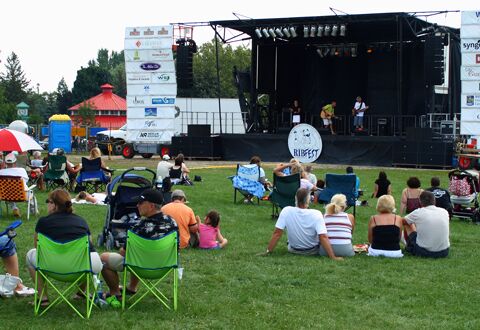Live event recording is vital for any number of reasons. You might be recording your son’s first ball game or your daughter’s first dance or play. You might be recording a speaking event with an industry expert for use with your business. You might be doing anything at all. However, it’s important that you ensure you’re doing it right. Creating a “record” that the event existed is easy. Creating a recording that people will actually want to watch or listen to is a bit harder. Here are some important tips to ensure that you’re able to get the best recording possible.
Before the Event
If at all possible, make sure you scope out the venue before the event. By going to the venue ahead of time, you can become familiar with the layout, get a feel for the venue’s lighting and acoustics and more. You can pick out a spot from which to record, or start mentally placing your microphones on the stage. You can choose the seat that you want to get so you’ll have the best vantage for video recording. Whether you’re recording for business or pleasure, get familiar with the venue before the event.
Have the Right Microphone
If you’re recording for pleasure, or shooting an “off the cuff” video for your business on your smartphone, you’ll usually make do with the mic built into your device. However, for those who are recording professional events that will require a dedicated microphone for the speaker or speakers, it’s important to choose the right mic for the task. For instance, if you’re recording only a single speaker during the entire event, a directional mic is fine. If you’ll be recording multiple people speaking (at the same time, conference style), then you’ll want an omnidirectional mic capable of accurately capturing sound from all directions (and, hence, all speakers).
Avoid Handheld Devices
If at all possible, don’t use a handheld camera to record your event. Even the most professional camera yields unprofessional results when held in your shaky, unstable hands. Use a tripod to steady your shot and avoid the dreaded shaky-cam look (leave that for the faux documentaries). If a tripod isn’t available or won’t work due to space constraints, consider using a monopod. These offer most of the stability of a tripod without the large footprint. You do have to be hands on with the camera, though.
Use More Than One Camera and Mic
Professionals never rely on just one camera and microphone. You might have to, but if possible, have multiple cameras and mics. Position the cameras so that you get different angles of the main scene you’re recording. You should also position your mics so that one is pointed at the speaker/stage and one at the audience, particularly if you want to capture applause or audience member questions.
Use these tips and additional best practices for recording event videos. you’ll find that your next live event recording goes off without a hitch, and is of much better quality.
– Video Caddy
Video Caddy

